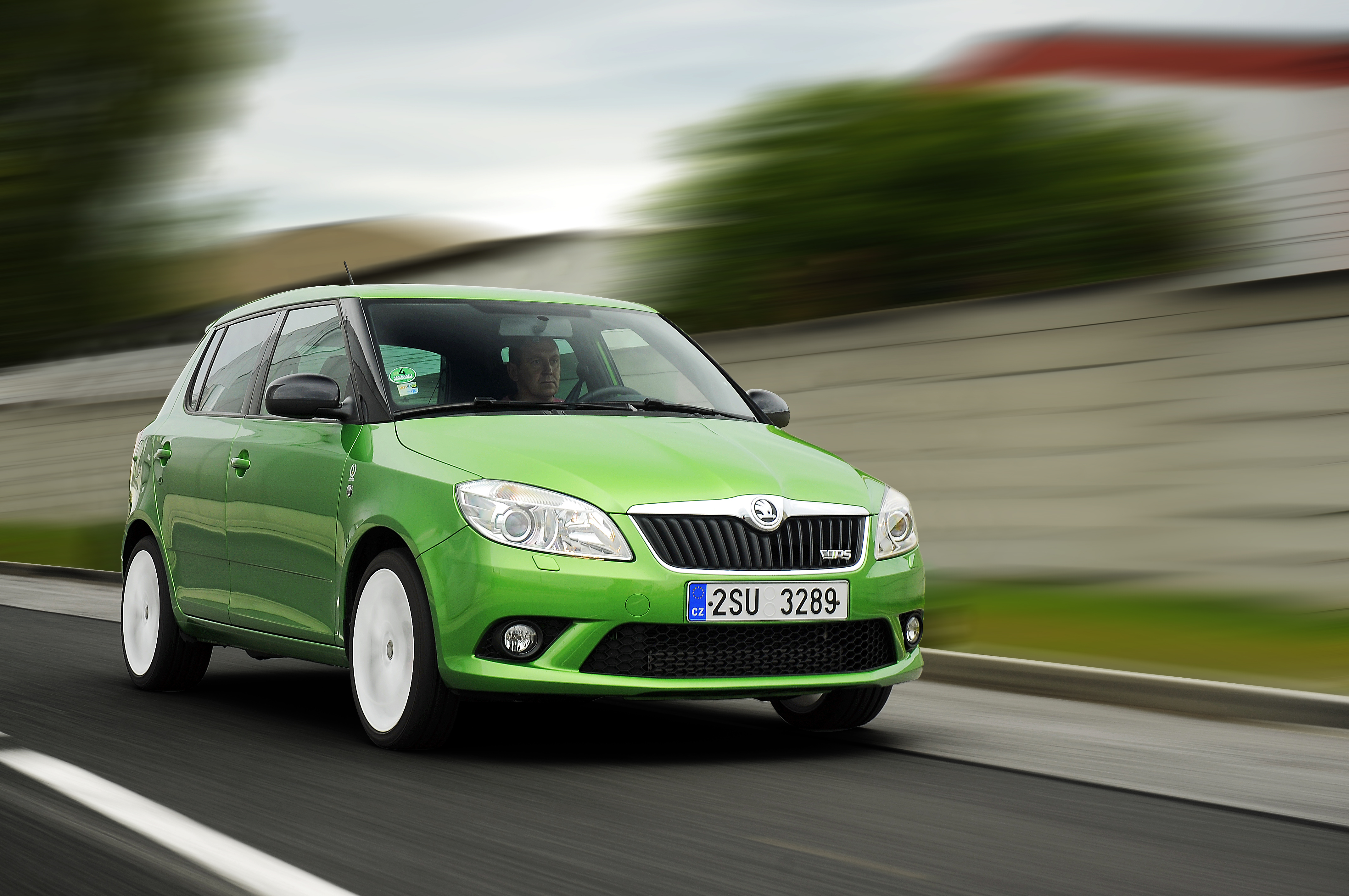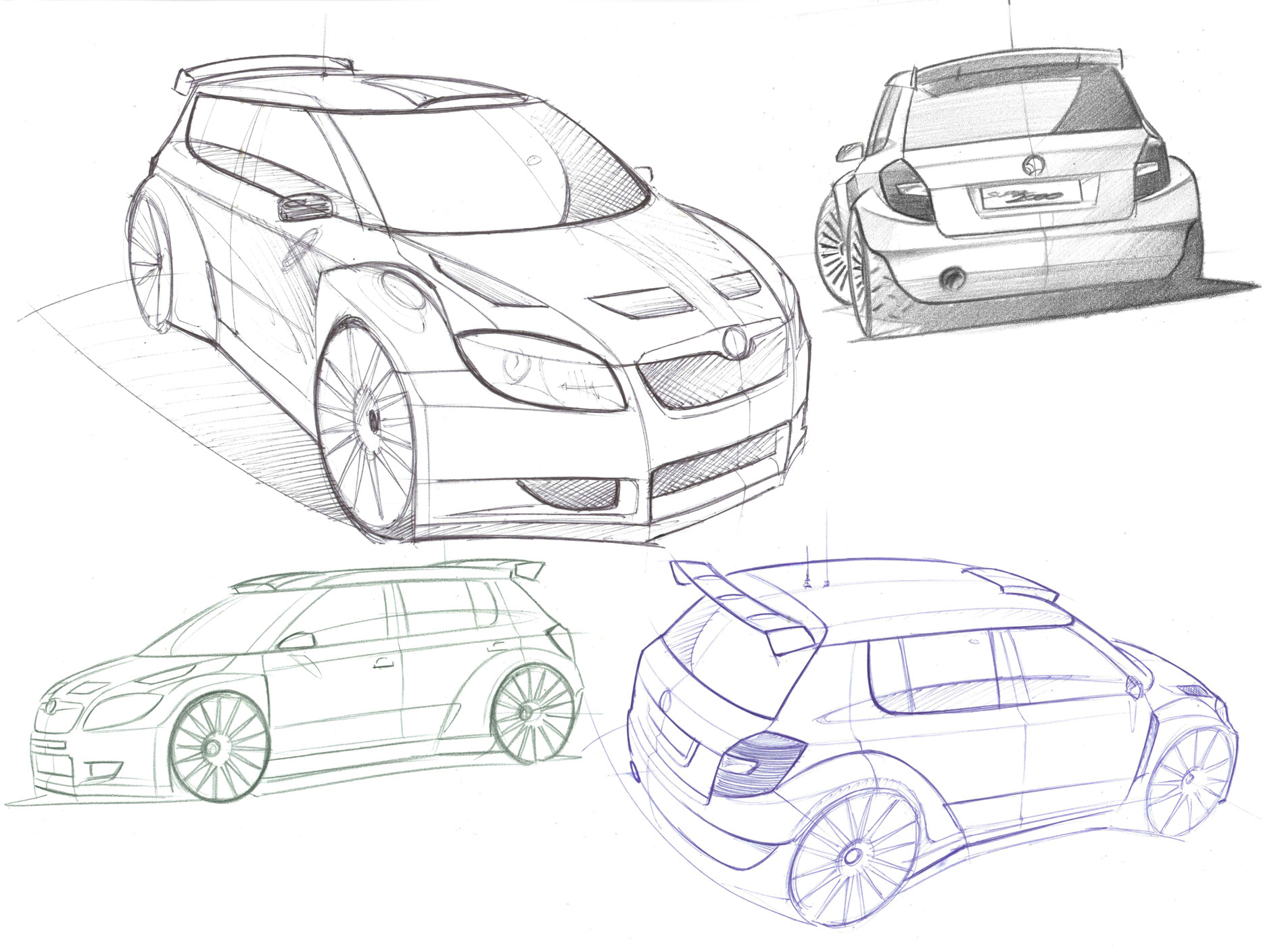Unique roof of the second generation
“I see the second generation FABIA as a kind of stepping stone in terms of the design language of the time. Compared to present-day ŠKODA cars, earlier models were much more rounded and softer, and not as crystalline and sculpted. But the second generation had sharper lines while retaining the more rounded surface architecture,” says Jiří Hadaščok, currently exterior design coordinator at ŠKODA. Hadaščok was working as a modeller when the second-generation FABIA was under preparation and later became the author of this generation’s facelift.
 The second-generation ŠKODA FABIA premiered in 2007, with the RS version launched three years later.
The second-generation ŠKODA FABIA premiered in 2007, with the RS version launched three years later.
He also remembers how this design shift came about. When ŠKODA presented the concept of the ROOMSTER family model, its design met with an enthusiastic reception. Even though it wasn’t originally planned, the Czech carmaker decided that in design terms the second-generation FABIA would be similar to the ROOMSTER that was being developed. What’s more, this decision was in line with the original idea to accent ŠKODA’s important values in the second-generation FABIA: primarily the car’s practicality, with the emphasis on space for the car’s occupants and their luggage.
 Sketch of the second-generation ŠKODA FABIA COMBI.
Sketch of the second-generation ŠKODA FABIA COMBI.
This requirement and the influence of the ROOMSTER model meant that the second-generation FABIA got a higher body, which resulted in a roomier interior and an airier sensation inside the car. Of course, the designers and constructors had to contend with the limitations of the platform used at that time, which prevented widening the axle track. For that reason, the designers came up with the idea of a new roof concept. Distinct body pillars created a greater optical separation between the roof and the rest of the car, so the roof could have a contrasting colour scheme. “That gave the FABIA a more modern, up-to-date look,” says Hadaščok.
 Sketch of the FABIA RS by Daniel Petr
Sketch of the FABIA RS by Daniel Petr
That feature was then put to use by the designers of the sporty MONTE CARLO version. This version made its debut with the second-generation FABIA. “We could make the roof black, as well as the A and B pillars, and this design made the car feel lower,” says Daniel Petr, the author of this version’s design. He adds that the car had other details finished in black, and another distinctive feature in the form of black bumper edges. “That’s a speciality of the MONTE CARLO version of the second-generation FABIA – we didn’t use this design in other ŠKODA cars,” Daniel Petr explains. Incidentally, the fourth-generation FABIAs will also offer an innovative roof design.































